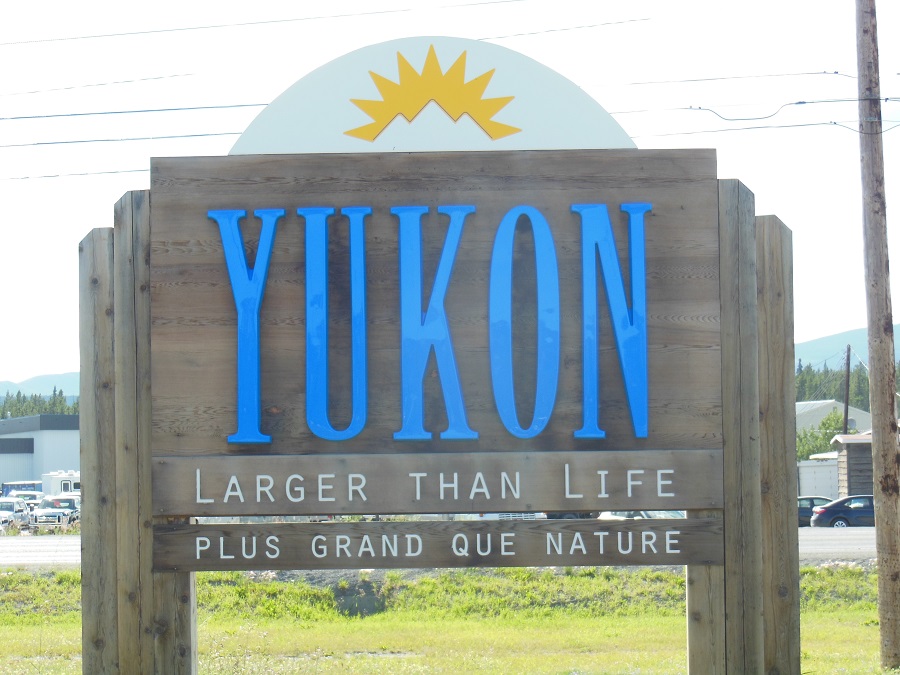Early retirement and long-term travel in Canada means that I can say ‘yes’ to a lot more things than I could have while working full time. For instance, my friend Jean took a long-awaited trip by car from the Okanagan to Yukon, connecting with her family roots along the way, but didn’t want to take the extra time to drive back down to Penticton. So she asked me to fly up to Whitehorse and drive her car back for her.
I have never been to the Yukon, despite my desire to do so since I was a boy. My father always loved the north and he seems to have passed that love onto me. So with restrained schoolboy enthusiasm, I stepped out of the Whitehorse airport and stepped on Yukon soil for the first time.
Whitehorse is the capital city of the Yukon, and its largest city with a population of a little over 29,000 – smaller than most medium-sized cities anywhere in Canada. To get a sense of the isolation of the Yukon, consider that the small city of Whitehorse contains 75 percent of the population of the entire Territory.
Whitehorse is the traditional territory of the Kwanlin Dϋn First Nation and Ta’an Kwäch’än Council, perched on the banks of the Yukon River, and surrounded on three sides by the peaks of Grey Mountain, Golden Horn Mountain, and Haeckel Hill. The city has all of the amenities you would want to see in a city – quality restaurants and accommodations, shopping, and a vibrant arts community.
But that’s not why people come here. They come here for the wilderness and for the history. If you don’t love the wilderness, or you don’t love the history of the north, you will probably spend most of your time being grumpy.
But before heading into the wilderness, I needed to stretch my legs after my long flight. And what better place than a walk than along the Whitehorse riverfront, to set my eyes on the mighty Yukon River, so rich in history, for the first time, and to see the famous S.S. Klondike sternwheeler?








